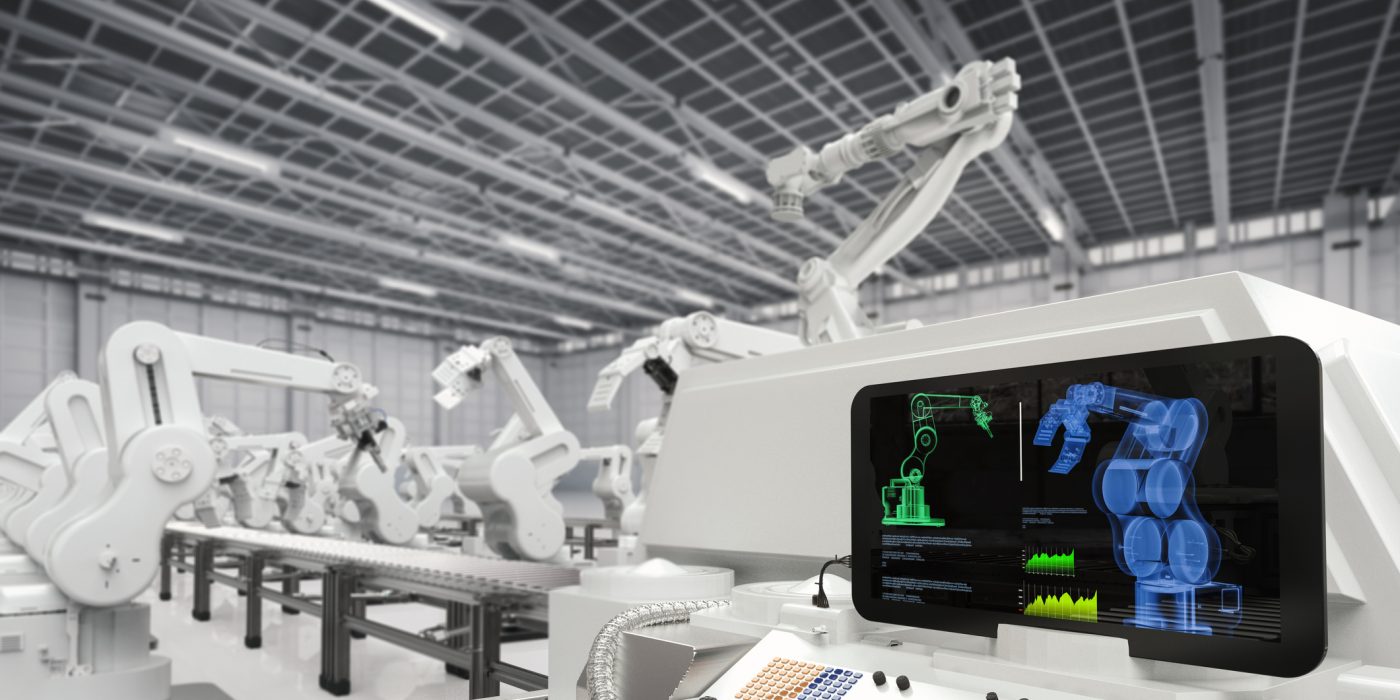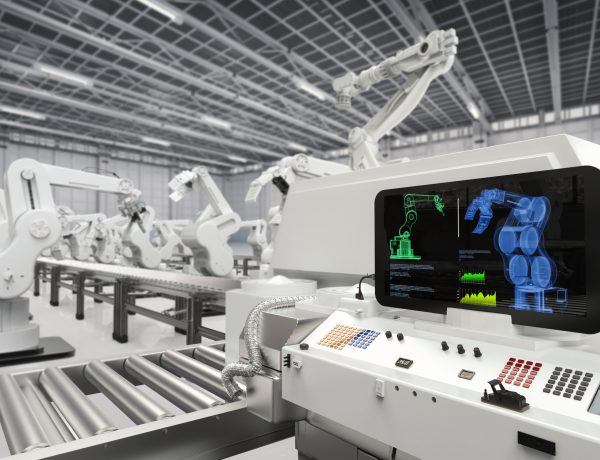

Meet The Demands Of The Fourth Industrial Revolution
Welcome to the Fourth Industrial Revolution, as coined by Klaus Schwab, the World Economic Forum’s founder and executive chairman. While the first three industrial revolutions produced fundamental and drastic changes in how we work and live, the current revolution moves beyond many people’s imaginations. Workplace skills and abilities are transforming before our eyes to meet the new demands arising from autonomous cars, gene editing, smart homes, and intelligent robots.
According to a 2019 report by The Brookings Institution, routine physical and cognitive skills will be the most vulnerable subject to the Fourth Industrial Revolution’s technological change. These skills include those found in office administration, transportation, production, and food preparation. These jobs are deemed “high risk,” with projections that at least 70% of these tasks can be automated. Other positions that aren’t considered high risk but will be significantly impacted by technological automation include sales, facilities support, personal care, construction, health support, and agriculture.
The Impact To Come
Automation refers to machines performing tasks typically performed by humans, but with higher speed and greater accuracy and precision. The implementation of automation doesn’t mean that robots will be taking our jobs, as some of the earlier artificial intelligence and deep learning concerns chanted. Automation, instead, works alongside humans, allowing workers to focus on higher-level tasks.
This reality is that many jobs will become obsolete. Automation will impact different geographic areas in different ways. For example, according to Brookings, 47.1% of employment placements in Akron, Ohio, are at risk due to automation, threatening as many as 341,930 existing jobs. In the New York City metro area, 42.2% of posts are vulnerable, impacting over 9.5 million jobs. The global workforce will need to ready itself for what’s often called “the future of work.”
To compete in the 21st century, employers will need employees who possess in-demand hard skills such as cloud computing, artificial intelligence, business analytics, and people management skills. Additionally, employees will need in-demand soft skills such as creativity, collaboration, and adaptation.
The Revolution’s Demographic Impact
Like skill set and geographic impact, the Fourth Industrial Revolution will impact demographic groups differently. The Brookings report asserts that men, youth, less-educated workers, and underrepresented groups would be significantly affected by growing automation. For example, 49% of young workers between the ages of 16 and 24 will be most adversely impacted, along with Hispanic, Native American, and African American workers.
Three Ways to Prepare for the Future of Work
Organizations including The Brookings Institution, the Society of Human Resources Society, and The Aspen Institute have expressed that the government and employers should play a demonstrative role in training and developing workers, readying them for the future of work. Workforce readiness moves beyond merely training for new jobs, such as business analytics or computer programming positions. It also includes training and developing employees who will be impacted by the growing implementation of technology in the workplace. This group encompasses nontraditional or underrepresented workers, such as veterans, disabled workers, and those in the gig economy.
Upskill your employees.
The challenge for employers who must address the current and projected skills gap is to find quality candidates for available jobs. Skill development today goes beyond traditional educational degrees or certifications and now encompasses lifelong learning as a primary driver for employee success. Employers should assess job readiness in areas including skills, knowledge, and behavior. By understanding the initial status of their job candidates and employees, employers can determine the skills they need to teach, refine, or develop. Governmental entities and employers should promote training and educational development practices and programs that allow employees to learn new skills and move forward in their careers.
Promote a learning mindset culture.
In addition to upskilling current workers, employers should promote a ‘learning mindset’ culture by investing in reskilled workers, providing accelerated or in-flow learning, and implementing accessible training delivered to employees through smartphones, laptops, podcasts, or social media. By expanding options for training and education, employers can reach employees where they are, whether they’re an almost-retired baby boomer or a Gen Zer in their first job. By promoting a ‘learning mindset’ culture, employers and employees alike can develop currently needed work skills and prepare the organization for the work skills required for the future.
Ease the adjustment.
Finally, employers should implement strategies and programs for easing workers into the future of work, especially those who will be displaced or adversely affected by automation. For example, as suggested by the Aspen Institute, employers can help build a skilled workforce by empowering employees to invest in their training and development through portable access and new training opportunities, such as online training or at a community college. Not every worker will have access to employer-provided or paid professional development. Access to skills development will be critical to workforce readiness.
Further, employers can expand career counseling and reemployment services for employees transitioning to new positions or companies. During these transitions, employees need to understand what skills are necessary for their new jobs and how to acquire them. Skills evaluations in career counseling programs will allow employees to identify their current skill sets and any deficiencies that hamper their career growth.
Through skills tests, training, professional development, and strategic creativity, employers and employees can prepare today for the workforce of tomorrow.
